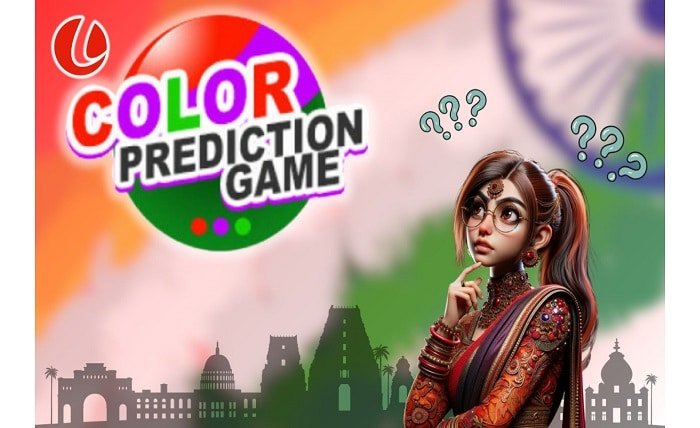In recent years, online gaming has witnessed an exponential surge in popularity, with a myriad of platforms offering diverse gaming experiences. Among these, one category that has garnered considerable attention is color prediction games, with Daman game colour prediction being a prominent example. However, while these games may appear innocuous at first glance, delving deeper reveals a complex and often concerning reality.
The Allure of Color Prediction Games
Color prediction games like Daman typically involve predicting the outcome of various color combinations, often in the context of virtual gambling. Players are enticed by the promise of quick and easy profits, with minimal effort required. The allure lies in the simplicity of the gameplay – choose a color, place a bet, and await the outcome. It’s a game of chance, or so it seems.
The Hidden Risks
Despite their apparent simplicity, color prediction games carry significant risks, both for individual players and society at large. One of the most pressing concerns is the potential for addiction. The thrill of winning and the fear of losing can quickly become addictive, leading players to chase their losses and wager increasingly large sums of money.
Moreover, these games often operate in a legal grey area, circumventing gambling regulations by framing themselves as games of skill or entertainment. This lack of oversight leaves players vulnerable to exploitation, with little recourse in the event of disputes or malpractice.
The Ethical Implications
Beyond the individual level, color prediction games raise broader ethical questions about their impact on society. By normalizing and glamorizing gambling behavior, these platforms contribute to the normalization of risky financial behavior, particularly among younger demographics.
Furthermore, the opaque algorithms that govern these games raise concerns about fairness and transparency. Without clear regulations and oversight, there is no guarantee that the outcomes are truly random or unbiased, potentially leading to exploitation and unfair practices.
Towards Responsible Gaming
Addressing the challenges posed by color prediction games requires a multi-faceted approach. Firstly, there is a need for greater regulatory scrutiny to ensure that these platforms operate within legal and ethical boundaries. This includes implementing measures to protect vulnerable players, such as age verification requirements and limits on betting amounts.
Additionally, fostering greater awareness about the risks associated with these games is essential. Education campaigns can help individuals make informed choices and resist the lure of quick profits. Moreover, promoting alternative forms of entertainment that prioritize skill-building and creativity can provide healthier alternatives to gambling-based activities.
Conclusion
Color prediction games like Daman may offer the allure of easy money, but beneath the surface lies a complex web of risks and ethical concerns. From the potential for addiction to the lack of regulatory oversight, these platforms raise pressing questions about their impact on individuals and society as a whole. By fostering greater awareness and implementing responsible gaming practices, we can work towards a more sustainable and ethical gaming landscape.
